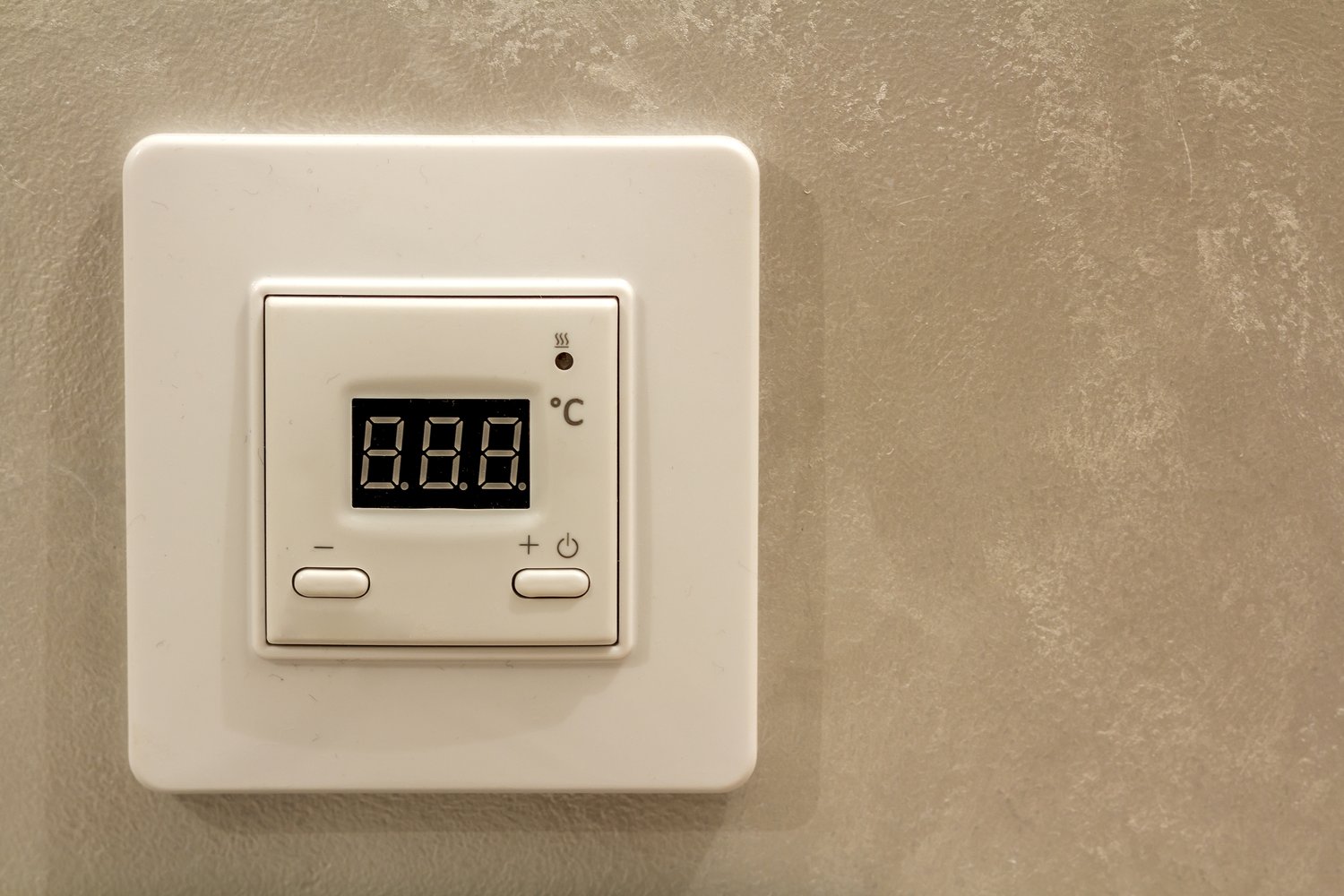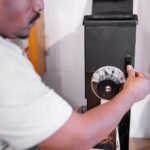Cold spots in your home aren’t just an inconvenience; they can be a telltale sign of an unbalanced HVAC system. When it comes to multi-story homes, maintaining a consistent temperature can be especially challenging. Addressing uneven heating is essential not just for comfort, but also for energy efficiency and maintaining the value of your home.
- Uneven heating in multi-story homes often stems from heat loss, poor insulation, or inefficient duct design.
- Proper airflow and insulation enhancements are crucial for achieving a balanced temperature throughout the home.
- Implementing zoning systems, strategic thermostat placements, and regular maintenance can enhance your HVAC system’s performance.
By understanding the dynamics of your HVAC system and employing these strategic solutions, you will create a more comfortable, energy-efficient environment. Dive into the article to discover practical methods used by professionals to resolve these heating imbalances effectively.
Understanding the Challenge: How to Fix Uneven Heating in Multi-Story Homes
Uneven heating in multi-story homes is a common issue that many homeowners face. The problem often arises due to several contributing factors that include heat loss, inadequate insulation, and improper duct design. Understanding these complexities is essential for solving this issue and achieving optimal climate conditions in your home.
Heat loss occurs when warm air escapes from the home, causing certain areas, particularly the upper floors, to remain cooler. Poor insulation is a primary culprit, as it fails to keep heat confined to its intended spaces. Checking the insulation quality in the attic or walls can reveal why one floor might be warmer or cooler than another.
Improper duct design can also contribute to uneven heating. Ducts that are too small, poorly sealed, or incorrectly installed may hinder the effective distribution of warm air, leading to temperature disparities between floors. Being aware of these challenges not only sets the stage for effective troubleshooting but also guides in selecting appropriate remedial solutions.
Improving Airflow and Insulation
To tackle uneven heating effectively, improving airflow and enhancing insulation are crucial. Proper airflow is vital in ensuring that every part of your multi-story home receives a consistent temperature. This involves checking for obstructions in vents and ensuring that air registers are unobstructed by furniture or curtains.
Enhancing insulation can have a significant impact on your HVAC system’s efficiency. Focus on improving insulation in critical areas like the attic, walls, and even the basement. Quality insulation materials can drastically minimize heat loss, keeping warm air inside where it’s needed.
Ensuring adequate airflow and superior insulation can mitigate many heating imbalances experienced in multi-story homes. Together, they form a robust foundation for your HVAC system to function optimally, thereby facilitating even and comfortable heating throughout your living space.
Solution-Focused Approaches: How to Fix Uneven Heating in Multi-Story Homes
Addressing the problem of uneven heating in multi-story homes requires a well-planned approach involving several proactive solutions. These methods not only enhance the efficiency of your HVAC system but also ensure a consistent climate across all floors, providing comfort and energy savings.
Zoning Systems for Enhanced Control
One of the most effective strategies is installing a zoning system. A zoning system divides your home into separate areas, each with its thermostat. This setup allows for individual temperature control, meaning you can tailor the heating needs for each floor or room. Implementing zoning systems can significantly reduce energy usage, as it prevents heating in unused areas.
Strategic Thermostat Placement
The placement of your thermostat is crucial in achieving balanced heating. It should be positioned away from direct sunlight, drafts, and heat sources like windows or radiators. Ideally, the thermostat should be located on the first floor, central to your most frequently used living spaces. This strategic placement ensures the thermostat accurately measures and regulates the ambient temperature, leading to a more even distribution of heat.
Regular Maintenance Practices
Regular maintenance of your HVAC system is essential to keep it running efficiently. This includes cleaning filters, inspecting ductwork for leaks, and checking the overall performance of the system. Routine checks help identify potential issues early, allowing for timely repairs and adjustments. Maintenance not only optimizes system efficiency but also prolongs the lifespan of the HVAC components.
Implement these solution-focused approaches to effectively address the issue of uneven heating. By enhancing system control, ensuring accurate temperature measurement, and maintaining equipment, you can achieve a well-balanced and comfortable living environment throughout your multi-story home.
Frequently Asked Questions About Balancing HVAC Systems in Multi-Story Homes
What causes uneven heating in multi-story homes?
Uneven heating can be caused by poor insulation, heat loss, or improperly designed ductwork.
How can I improve airflow in my home?
Ensure vents are open and unobstructed, and consider installing return air grills for better circulation.
What is a zoning system?
A zoning system divides your home into separate areas, each with its own thermostat to control temperature independently.
Will adding insulation help temperature balance?
Yes, proper insulation reduces heat loss and can greatly improve temperature consistency between floors.
How often should HVAC maintenance be done?
Regular maintenance should occur at least once a year to ensure efficient system operation.





